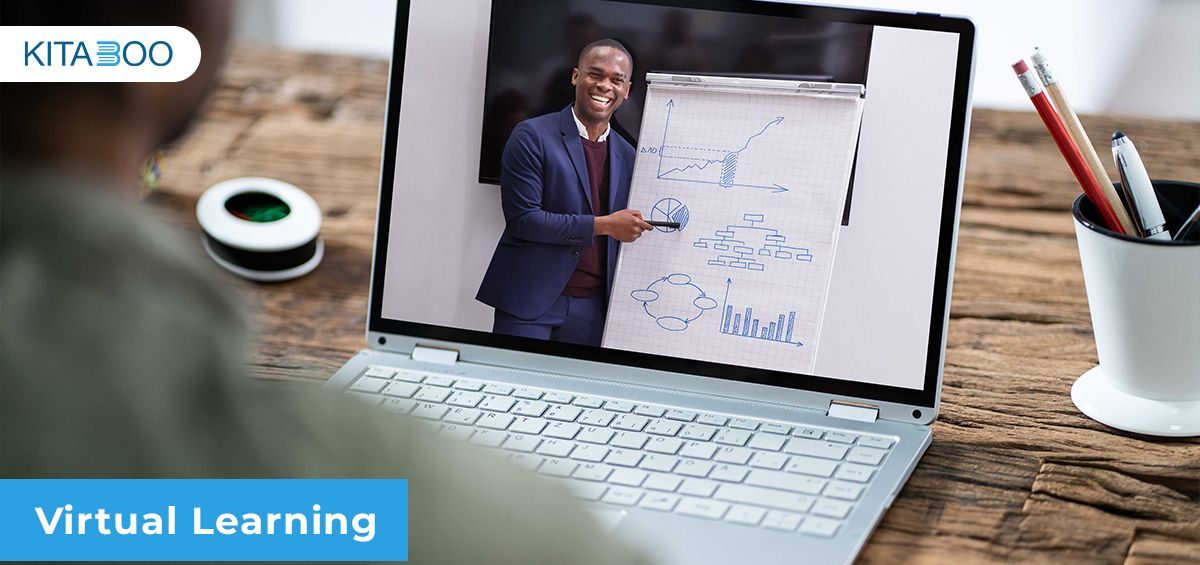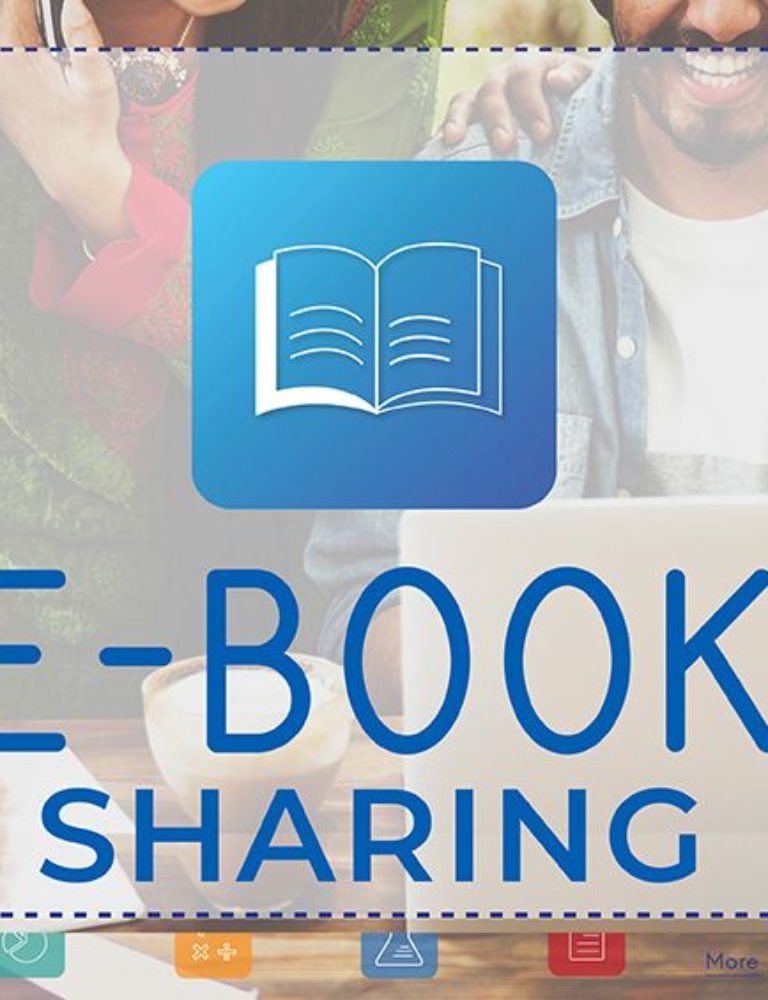One of the most noticeable impacts of the Covid-19 pandemic was on educational institutions. An increasing number of schools and colleges have transitioned to an online or virtual learning model that continues to be the most preferred channel for imparting education.
If utilized well, virtual learning platforms offer several opportunities for educators to design better educational experiences and explore creative teaching options to cater to the evolving demands of learners.
However, to be able to make the most of the virtual learning environment, educators constantly need to work towards facilitating a deeper connection with their students, especially when physical proximity is the last option.
In this post, we explore more about what is virtual learning and how educators across the board can leverage virtual learning to create better educational experiences.
What Does Virtual Learning Mean?
Virtual learning refers to an online learning setting where educators can interact with their students using a digital learning platform from their choice of location.
It allows educators to deliver quality education to the students by using different features of the classroom, i.e., video conferencing, slideshows, and online whiteboards.
There are two types of virtual learning – synchronous or asynchronous. In both options, the emphasis is largely on building effective communication between students and instructors. It is one of the most cost-efficient, time-saving, and convenient ways for educators to offer education to students of all levels.
Advantages of Virtual Learning
There are multiple advantages to using a virtual classroom for your school, district, college, or university. Let’s look at a few of them:
- Enhanced inclusivity
- Community and relationship building
- Better accessibility
- Improved technical skills
- Higher flexibility and comfort
- Immediate feedback on learning
How Educators Can Leverage Virtual Learning to Create Meaningful Experiences
Virtual learning is primarily designed to extend educational experiences by educators. These virtual learning environments allow students to access resources and interact in multiple different ways that they would not be able to in the physical classroom.
Some examples of such virtual learning experiences are as follows:
- Virtual field trips
- Virtual read-alouds
- Virtual science labs
When it comes to creating meaningful experiences using a virtual learning environment, here are some strategies that educators can employ.
1. Maintain a Transparent Virtual Classroom Space
One of the first things that educators need to do is to keep instructional plans in their virtual class clear and transparent for students, so they understand how effective learning experiences will look.
Several virtual learning platforms can be leveraged here. These include Canvas, Google Classroom, and Schoology, which you can use to benefit students by facilitating tasks such as assignment submissions, scheduled sessions, and more in one virtual space.
Educators can also use a virtual environment to help students pull up the lesson with embedded links to get just-in-time support. A few such resource link examples are listed below:
- Video, audio, and text-based explanations – Educators can empower their students to find all the answers to the tasks from these built-in resources instead of asking for help from the teacher. These resources can be made available to them as embedded links in directions and models within the assigned work.
- Glossaries – Whether K-12 or higher education, terminology is an important part of understanding and applying concepts. Educators can help students here by providing them a glossary of terms that they need to know via a virtual word wall that they can refer to anytime, anywhere.
2. Leverage Collaboration
One of the best ways educators can use virtual learning environments to meet the needs of all learners is through virtual centers and stations.
The key differentiator that sets these activities distinct from their non-digital counterparts is various embedded links to resources and tools, thus transforming the learning environment completely.
This allows students to work either individually or in groups with as much space apart as needed.
Further, virtual breakouts or team rooms also give students a space to collaborate and work in small groups to practice and improve their collaboration and communication skills.
Some of the other ways educators can use include:
- Make use of breakout rooms to facilitate engaging conversations with professionals in related areas in content fields of expertise.
- Space students in virtual centers as desired, using headsets to communicate as needed.
- Task your students with creating recordings that better demonstrate their understanding of various concepts and skills.
3. Work on Developing an Instructional Video Library
Pre-recorded videos help educators immensely with explaining key concepts and steps required for completing complex tasks.
This saves time for educators in repeating explanations based on important lessons already given. Recording those ideas or lessons offers learners easy access to revisit and review the concepts.
Recordings also give students a chance to analyze and a safe space to review content. Further, they enable other stakeholders, such as family and friends, to build context about a teacher’s instruction so that they can assist their child accordingly.
Here are some of the ways educators can use to build better educational experiences with videos:
- Organize all your videos into proper digital playlists based on concept, unit, and/or topic
- Make sure to include a variety of content, including instructor-made videos, student-created videos, as well as relevant videos from YouTube and elsewhere.
- Upload all the recordings onto YouTube and make sure to compose in the description a detailed list of sections with a time stamp for each to create a linked ability to skip to the desired sections.
In Conclusion
The virtual environment today is the center of online programs—an easy, convenient, and central place where educators can create meaningful learning experiences for their students.
Even though there are several fundamental similarities between traditional classroom-based education and the virtual learning experience, the latter offers a range of benefits that traditional programs don’t offer.
At KITABOO, we help educators create immersive learning experiences for learners across age groups with well-designed virtual environments and simulations. It enables them to innovatively explore new concepts and lets them retain knowledge as well. To know more, please write to us at kitaboo@hurix.com
Discover How An Ebook Conversion, Publishing & Distribution Platform Can Help You
Kitaboo is a cloud-based content platform to create-publish & securely distribute interactive mobile-ready ebooks.
You May Also Like







